"First stores" and "China cool": A new era in Chinese consumerism

(Photos: Yang Danxu, unless otherwise stated)
In the last two years, foreign brands have been vying with each other to open their "first stores" in China, targeting a new generation of consumers who crave for fresh new things. China's local time-honoured brands have also been shedding their fuddy-duddy image in a bid to be internet sensations.
Amidst a general weakening of Chinese consumer spending, the "first-store" and "China cool" waves are fast becoming new forces driving consumption.
Regional authorities enthusiastically roll out incentives for companies to set up "first stores" in their cities and encourage time-honoured brands to undergo revitalisation. Are the "first-store economy" and "China cool economy" just fads? Will they be able to whet the consumer's appetite and revitalise the Chinese consumer market?
"The waiting time is long, but it's much shorter than flying abroad to have a bite of it."
33-year-old Zhou is a white-collar professional from Shanghai. Early on a Saturday morning, she joins a queue outside Taotaoju Restaurant, a Cantonese eatery from Guangzhou that has just opened a branch in Shanghai's trendy Xintiandi district. It's 15 minutes before the restaurant's opening time but close to a hundred eager foodies are already waiting outside.
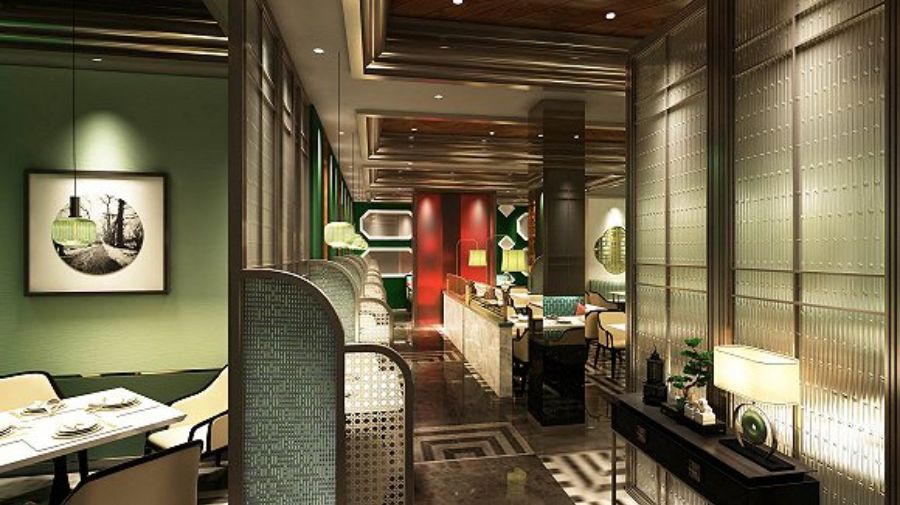
The news of this popular restaurant opening its first branch in Shanghai late last month swiftly went viral among the Shanghainese. A three-hour wait due to the weekend crowd did not dampen the spirits of those who were eager to have a taste for themselves. There was an endless stream of foodies - a sight more spectacular than the opening of Shake Shack's first store in Shanghai in January this year.
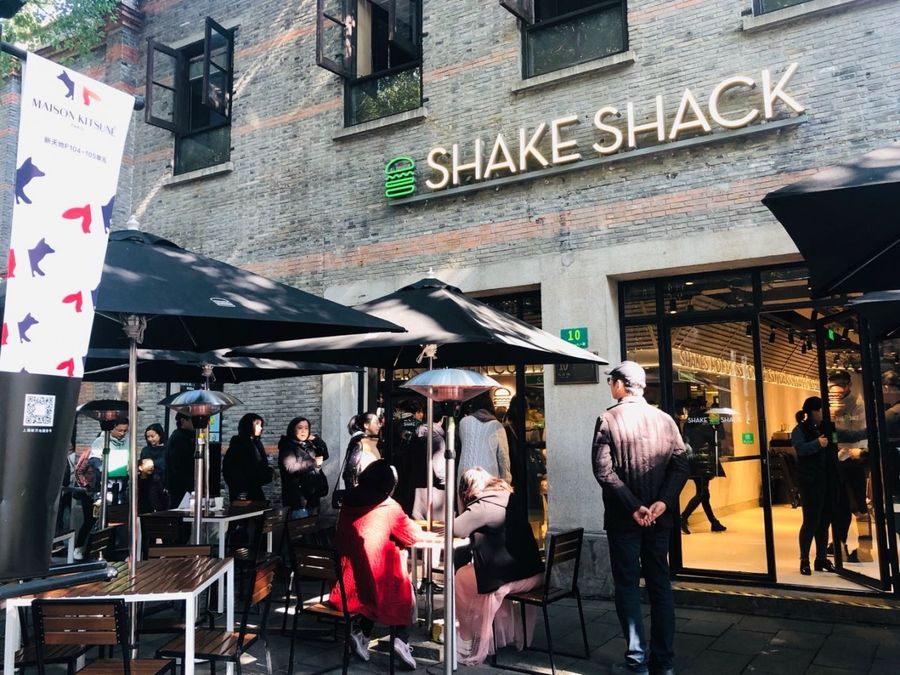
While standing in the cold wind waiting to enter, Zhou unabashedly admits that she has flown overseas just for food. She said now that Taotaoju Restaurant has opened its first store right at her doorstep, "it'll be a crime if I didn't come to eat it".
In recent years, a multitude of first stores has sprung up in Shanghai - from Asia's first Starbucks Reserve Roastery to the world's largest membership-only retailer, Costco, and the world's third Tiffany Blue Box cafe. The first-store economy has taken China by storm. Queues that last for hours on end are characteristic of first stores. This scene seems to go against what macroeconomic data is telling us of an economic downturn and weakening consumer demand.
The so-called "first-store economy" refers to the opening of a "first store" of an industry's representative brand, or a "first store" of a fashionable new brand, in a certain region. Some examples are the world's "first store", China's "first store", a regional "first store", and so on. It can also refer to the "first stores" of established brands operating under a new and innovative model, such as concept stores or experiential stores.
Shanghai: the cradle of the first-store economy
Shanghai is considered to be the cradle of China's first-store economy. It was the first to coin this concept, and sees the development of this economy as a hallmark of the "shopping in Shanghai" brand.
According to statistics from DataQuest China, 835 first stores opened in Shanghai in 2018. Out of them, 19 are the first stores in Asia and the world, while 301 are the first stores in the country (these include Hong Kong and Taiwan brands that have opened their first stores in China). In the earlier half of this year, Shanghai again saw the opening of 498 first stores, where 13 of them are the first stores in Asia and the world.
An industry expert pointed out that, in an era of consumption that emphasises customisation and creativity, an influx of first stores that intrinsically drive traffic will help shopping malls differentiate themselves, stimulating a fresh appetite for consumption.
Huang Yu, deputy general manager of Shanghai No. 1 Department Store, told Lianhe Zaobao, "In the current climate, first stores are scarce resources that can have a unique influence on consumers. Introducing first stores helps to stimulate growth in consumer spending, shape consumer trends and helps to transform and revitalise the city."
Last October, after a massive transformation, the No. 1 Department Store attracted 14 brands to set up their first stores there. Of the 14, seven are nationwide first stores. They include: Adidas Brand Centre, Lukfook Jewellery Dear Q, a premium Japanese yakiniku restaurant (源之屋), and Van Gogh's Starry Night exhibition.
The introduction of these first stores brought a new consumer demographic through the doors of this 70-year-old department store. Huang Yu said that the average age of its customer base went down by an approximate 20 years, with consumers aged between 20 and 45 forming the bulk of its customer base.
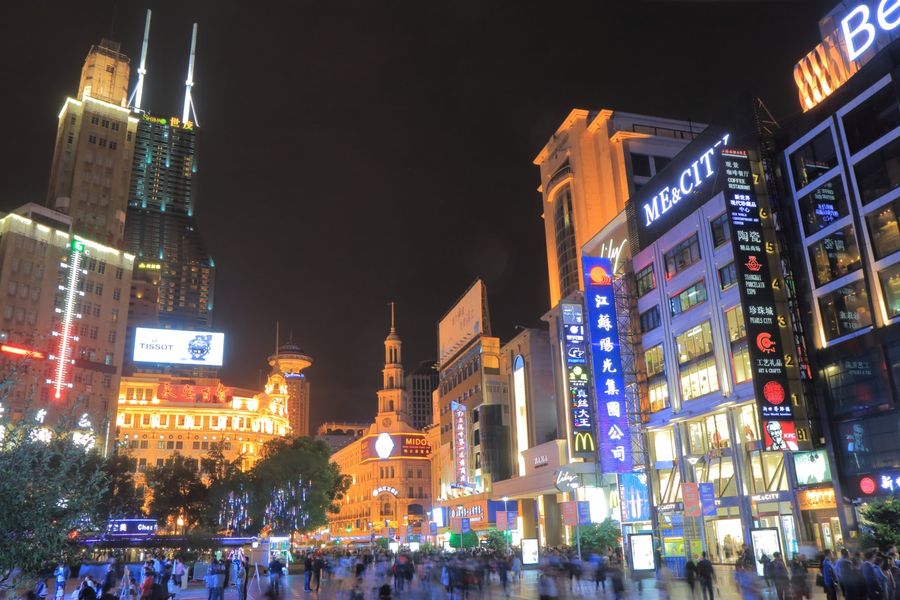
She said, "To the post-85s and post-90s, department stores around the East Nanjing Road and the No. 1 Department Store are their mothers' go-to shopping malls. Many of them have stopped visiting these malls after they turned ten. The introduction of these first stores will bring younger shoppers back into the area."
The battle of the first stores
This year, the first-store economy frenzy has spread to more cities, and battles for the opening of first stores in different regions to boost local sales have been intensifying.
In March this year, Beijing released a policy statement pertaining to the development of first stores (《关于鼓励发展商业品牌首店的若干措施》). In April, Chengdu launched suggestions for rapid development of first stores and novelty stores (《关于加快发展城市首店和特色小店的实施意见》). In October, Jinan disseminated its policy statement supporting the development of the first-store economy and franchise management (《济南市支持首店经济和连锁经营发展的若干措施》).
Local governments typically put forward various proposals to secure first stores, including investment subsidies and incentives for foreign brands setting up their first stores in the region. They also provide them "fast track channels" that grant them quicker approval in the processes of planning, building, fire safety, and quality inspection.
According to DataQuest China, in the first half of this year, 30 of China's main cities have established over 2000 first stores, including 336 that are the country's and mainland China's first stores. First stores are most densely populated in Shanghai, Beijing, and Chengdu, where 498, 328, and 237 first stores were set up respectively.
During our interview, Guo Xinye, business analyst at DataQuest China explained that one reason for the rise of the first-store economy is that the majority of products of various types are currently in oversupply - only novelty items and services can create demand and boost consumption. He also noted that with greater travels, the Chinese are more worldly and wish to buy products from foreign brands that have yet to be imported into the country.
As first stores are all about innovation and breakthroughs, they easily face bottlenecks in existing systems during the process of approval and quality control. And when different regions vie for the opening of a first store, existing systems have to be updated as well. There are analyses that point out that not only is the first-store economy a measure of a city's economic vitality, it is also a way by which a city's business environment can be evaluated.
...a blind pursuit of first stores could have the opposite effect of making stimulating consumption even more difficult.
The 2017 establishment of the world's second Starbucks Reserve Roastery in Shanghai is a classic example of institutions being updated to work in favour of a first store. According to Shanghai media reports, before this flagship store opened, its open-concept coffee brewing model met with regulatory bottlenecks during its approval process. Local governments broke existing rules and regulations, and shortened the store's approval process, effectively clearing all roadblocks to ensure the successful opening of this iconic concept store.

As the craze for the "first-store economy" spreads, questions as to whether first stores are able to maintain their sense of novelty and continually boost China's consumer market have also surfaced. Some observations note that, relative to cosmopolitan cities like Shanghai that can sustain higher consumer spending, some second- and third-tier cities are facing problems after introducing high-end first stores into their consumer markets. These high-end first stores are unable to fit into the local business environment and thus lack a target consumer group, resulting in their unsustainability. Therefore, a blind pursuit of first stores could have the opposite effect of making stimulating consumption even more difficult.
Guo Xinye reminds us that first stores are by nature innovative and exploratory. Their success lies in extensive research and accurate positioning of relevant markets. Continued vitality of the first stores not only relies on its opening fever, but also depends on its ability to consistently provide high quality and outstanding products and services that can win over the market.
The revival of dated time-honoured brands through China cool wave
In the midst of an influx of foreign brands in the Chinese consumer market, a revival is also seen in China's domestic brands, igniting an unprecedented China cool craze among younger consumers.
This June, in conjunction with the 60th anniversary of White Rabbit, one of China's national brands, a pop-up store selling White Rabbit candy-flavoured milk tea was set up, instantly becoming a mega-hit with younger Shanghainese consumers. As a childhood candy of many post-80s and post-90s, the milk-tea pop-up store drew a massive crowd eager to have a sip of nostalgia. To have a sip of milk-candy flavoured milk tea, it didn't matter that queues were two-hours long.
The milk tea isn't White Rabbit's first crossover product. Over the past couple of years, White Rabbit has partnered with Chinese fragrance and perfume store Scent Library; Shanghai-based cosmetics firm Maxam; and gourmet chocolate brand Godiva Chocolatier. Collaboratively, they've come up with "White Rabbit perfume", "White Rabbit lip balm", and "White Rabbit ice-cream", all of which became big hits with the masses.
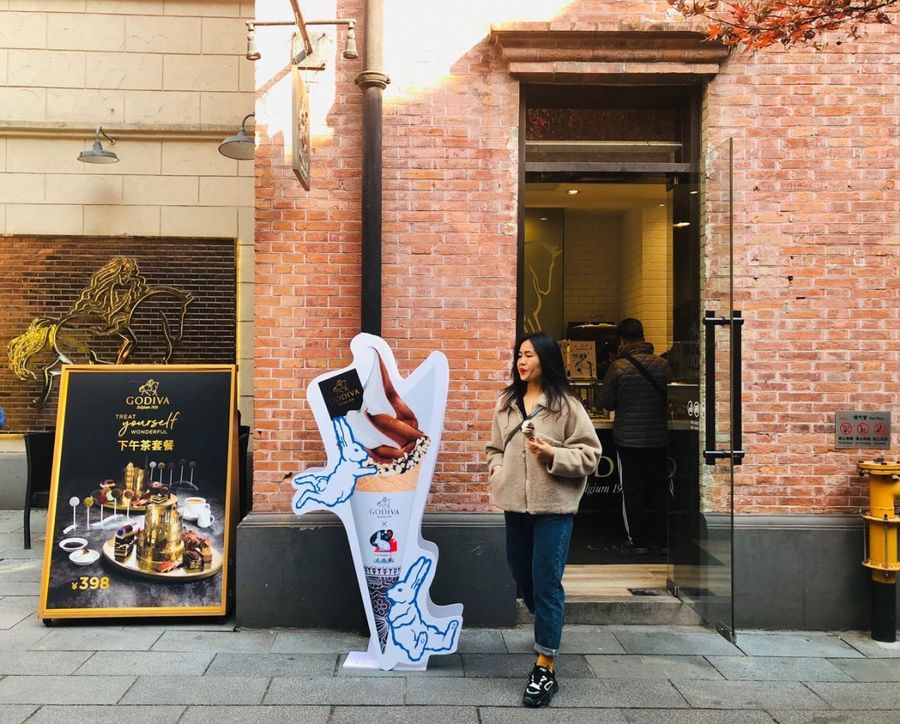
Shen Qinfeng, marketing manager at Shanghai Guan Sheng Yuan Food Ltd that manufactures White Rabbit candy, told us during an interview that the effect and widespread attention given to crossover products are what transformed a dated and traditional brand like the White Rabbit into a trendy brand.
The White Rabbit boasts 60 years of history and suffered a slump when the candy market was opening up. Now, it has regained public attention and soared beyond being just a candy - it has become a fashion icon. In February this year, the White Rabbit logo was taken as design inspiration and transformed into fashionable pieces, worn by models proudly strutting down New York Fashion Week's runway. The organisers also chose to give out White Rabbit hampers as souvenirs to guests at the Fashion Week's China Day.
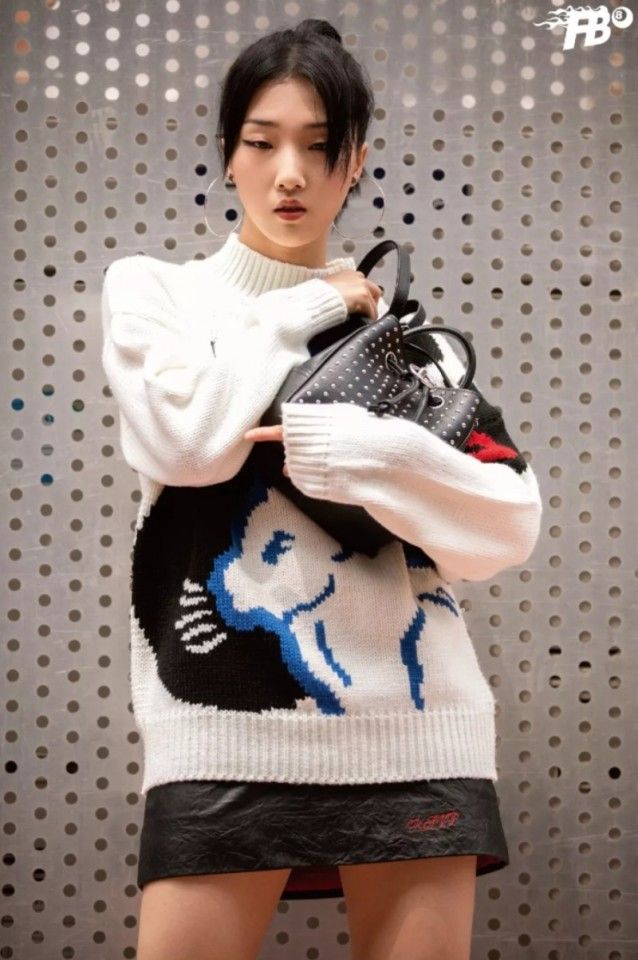
Some have labelled "China cool" as "fashion with a touch of old fashion" as it involves marrying nostalgia with the prestige of being a national brand. According to Zhou Yuanzhu, director of the Shanghai Institute of Corporate Culture & Brand, various reasons account for the emergence of a powerful China cool economy created by the revival of time-honoured brands. They include the sentimental value that these brands possess, the transformation of the business model, a change in consumer group, an enhancement of enterprise capabilities, and so on.
He said that the maturity of the digital economy has brought about a new marketing model for these time-honoured brands. "Fuelled by the Internet, these time-honoured brands have strengthened their engagement with consumers and made consumption more interesting and interactive through digital marketing, community marketing, and crossover marketing."
The Shanghai Soap Co., Ltd. is a 96-year-old time-honoured brand that's boldly trying new things. In October, it released its Shanghai Yaozao (medicated soap) sulfur soap through the help of a post-90 beauty blogger's livestream. Five minutes of livestreaming was all it took for 15,000 soap sets to be snapped up. The product even became a viral hit on online shopping platforms.
Ouyang Yiling, deputy general manager of Shanghai Soap Co., Ltd., told us that faced with small product lines and limited sales channels, time-honoured brands have to transform from the former sales model of "can't see, can't hear, can't buy" to "can see, can hear, can buy".
Shanghai Soap expanded into online shopping platforms three to four years ago, and has successfully attracted young consumers. At Shanghai Yaozao's newly established Tmall flagship store for instance, 40% of consumers are 30 and below, while 15% of them are approximately 20 years old.
Searching for our cultural roots in the China cool wave
Our interviewees also noted that the rise of China's domestic brands is related to a change in the country's main consumer group. According to Zhou Yuanzhu, the main base of Chinese consumers have shifted from the post-60s and post-70s to the post-85s and post-90s. The latter group grew up under the environment of opening up and thus have a more global outlook.
"They understand global economic development better, but at the same time also have greater confidence in local brands," he said. "The characteristic of this group of consumers is that they do not have an attachment to global big names and identify with domestic brands more."
Zhou Yuanzhu further said that using the China cool wave to describe the return of local brands to the consumer market adds an element of trendiness to these brands. It also creates a new cultural phenomenon that is in line with the younger generation's desire to connect with their cultural roots.
Additionally, the elevation of innovative, research, and design capabilities of these brands aid in the rise of China cool.
Ouyang Yiling revealed that Shanghai Soap has internally proposed a "Mission Add-A-Zero" plan, which refers to adding a zero behind the prices of their items: in this way, traditional soaps that were originally priced at 3 RMB (roughly S$0.60) or 5 RMB will be valued-added to become soaps priced at 30 RMB or 50 RMB.
She explains, "The purchasing power of Chinese consumers has clearly risen. More people are willing to spend money, but the product must also satisfy their constantly increasing desire for a better life. This upgrade is more than a simple modification in packaging. It also entails an upgrade in the actual soap and its functions."
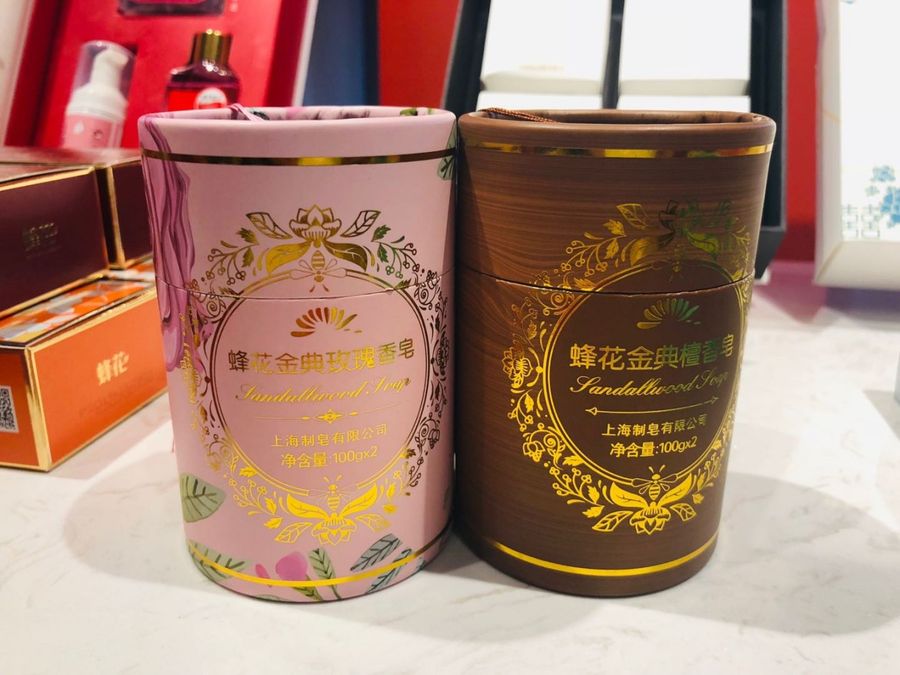
To attract a younger consumer group, Shanghai Soap recruited a team of post-90s to develop its product and packaging design. At the second China International Import Expo, their work was featured in Shanghai Soap's honey sandalwood and rose soaps that were selected as souvenirs for ministerial-level foreign affairs work and used as premium Shanghai souvenirs.
Academics: diversification of capital aids in revitalisation of time-honoured brands
Although the China cool wave is heating up, Zhou Yuanzhu feels brands that created an actual breakthrough are few. Drawing from Shanghai's example, of its 222 time-honoured brands (including 180 China time-honoured brands and 42 Shanghai time-honoured brands), some may be successful cases, but most are struggling every step of the way.

Zhou Yuanzhu points out that, while most time-honoured brands are state-owned enterprises, the enterprises that have seen better development in recent years are gradually changing their capital structure. Even if complete privatisation is not achieved, changes are either made to its management shareholding ratios or through the introduction of social capital. These changes transform the enterprise's dynamic mechanism.
He thus suggests that, under the precondition of keeping some state funding, ceding control of quality time-honoured brands to private and social capital is needed, as "diversification of capital, or the building of a mixed economy, is one of the most important methods to lift time-honoured brands out of their predicament.''
